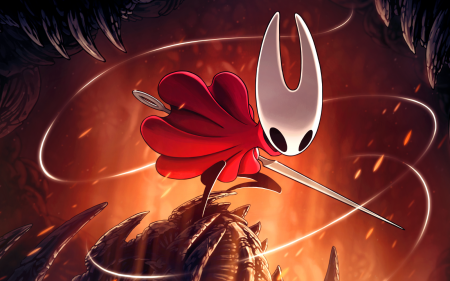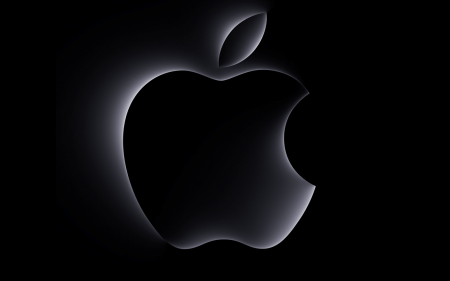Chinless third-gen Razr images have leaked
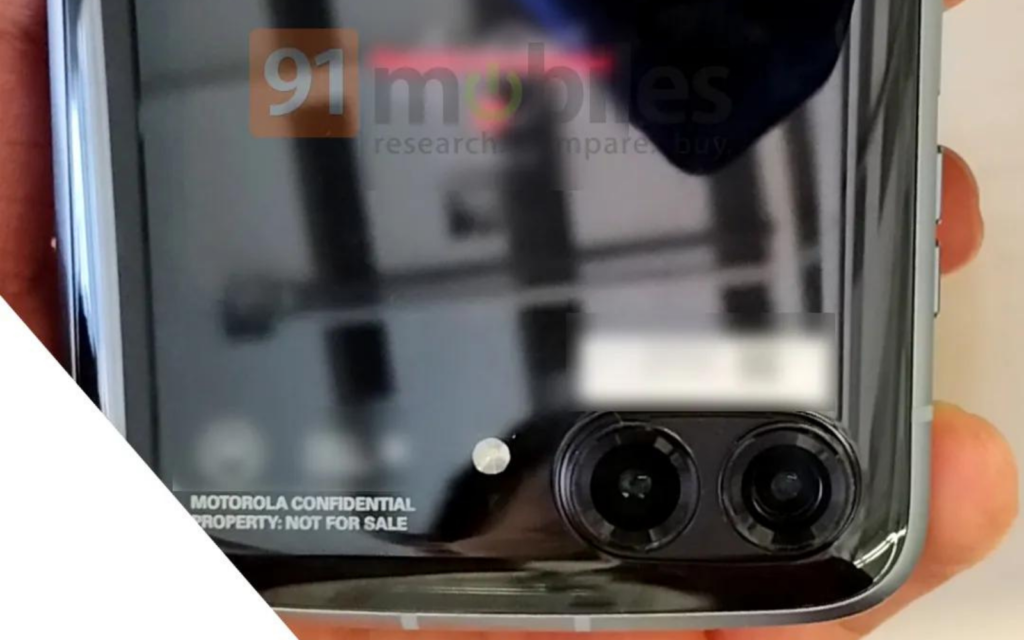
Images of the third generation of Motorola’s iconic Razr flip-phone have leaked. The most notable change is the loss of the chin that featured in previous generations of the phone. This one is also getting upgraded camera chops over its 2020 predecessor. These leaks come courtesy of notable leaker Evan Blass, via 91Mobiles.
Apart from the loss of the chin, Motorola seems to have gone with a curvy look rather than the boxy design of the previous two. That all means, if these leaked photos are the real deal, that this might look more like a Samsung Flip than the iconic Razr from yesteryear. The external design isn’t the only upgrade. The rear camera module and most of the internal specs will get the 2022 treatment as well. This one will feature a 50MP f/1.8 main shooter accompanied by a 13MP ultrawide and macro combination sensor, with a punch hole 32MP selfie cam.
There was also mention of internal specs, with Motorola apparently planning to offer two versions. One should sport the Snapdragon 8 Gen 1 chipset and the other shipping with the still unannounced Plus variant of the same SoC. But delays with the latter chipset mean there could be delays with the device as well. The new Razr is supposed to start shipping to China first, in July or August, and then globally.
Source: 91Mobiles
Want a golden Wii? The queen's one is for sale
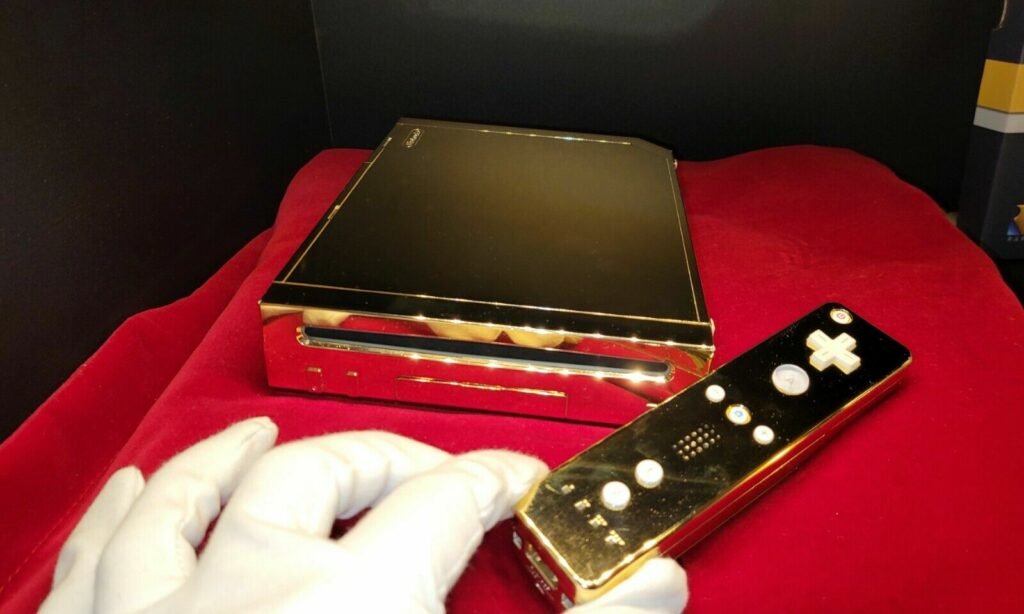
If you thought a PS5 was expensive and difficult to find, you’d be right. But they aren’t as expensive or rare as a gold-plated Wii. Back in 2009, bankrupt game developer THQ – we wonder how that happened – made the now-infamous 24 karat gold-plated Wii console for Queen Elizabeth II. It was part of a promo for the mini-game collection Big Family Games. Remember that one? Of course you don’t. It flopped, and the gold-plated Wii was returned because it turned out the royal family had a rather strict gift policy. A collector acquired it from someone at the studio before selling it to Dutch Consolevariations owner, a chap named Don.
If you fancy yourself a Wii connoisseur and want to pick it up for your collection, we hope you have $300,000 (close to R5 million) on hand. That’s how much Don was looking for last year when he tried to sell it on eBay. There’s a new auction at Goldin now, with bidding already open and at $2,000 so far. If you want it, you better have the highest bid by 21 May when bidding closes. Don’t even think about all the great Wii games you’re going to play on it though. With online multiplayer and Wii shop services shut down, looking at it is mostly all it’s good for now.
Source: Engadget
Nvidia is looking to redefine VR with new concept

If you’ve ever seen or used a VR headset you’d know that one of the main drawbacks is the clunky form factor. Whether it’s the big, ungainly headset or the cables that tether you to reality (and your PC), it’s difficult to ignore when you’re trying to immerse yourself in slashing all those blocks with sabres. Nvidia think they might be able to do it better. It, together with Stanford University, has published a paper that details a new ultra-thin VR headset concept. You can read it in its entirety here or watch an informative video here.
The short and sweet version goes like this. Current VR headsets are thick because they need a specific amount of space between the lens and the microdisplay. Nvidia wants to try it a different way. Instead of producing an image on the display and enlarging it with the lens, Nvidia is looking to use holographic tech, including something called a “spatial light modulator” to produce a hologram in front of each eye. There’s also AI involved, that’ll “accelerate the computation of computer-generated holograms.”
These are probably still a few years away from making it to market. But there’s already a working prototype so this might not just be AI, smoke, and mirrors.
Source: The Next Web
Generate your own, fungible, ape
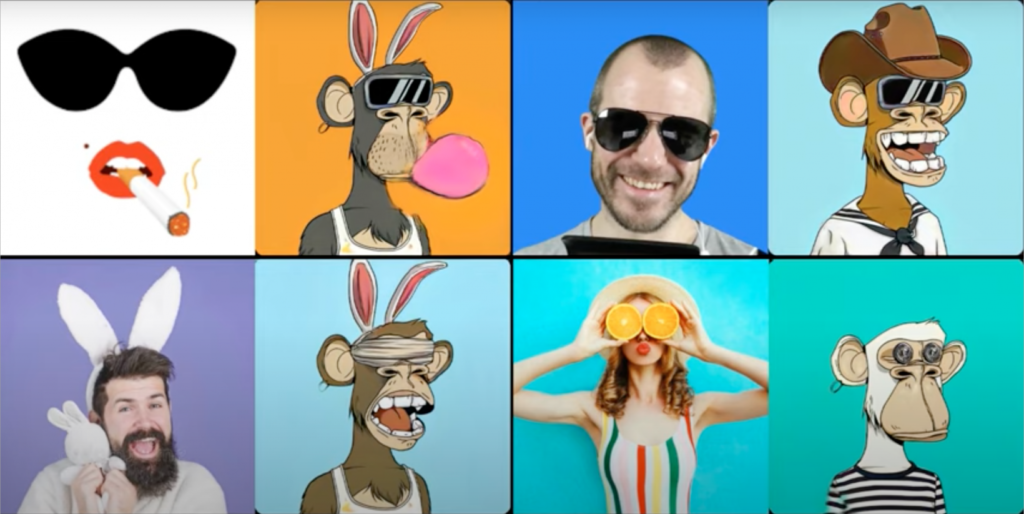
NFT was Collins Dictionary’s word of the year for 2021. If you’ve heard of a non-fungible token you’ve probably also heard of or seen a Bored Ape. The collection of super special JPGs and hyperlinks has become synonymous with the NFT craze, with some selling for millions of real-world dollars. As with actual pieces of art, their value is arbitrary and mostly comes from a perceived rarity. So if there was a way to reproduce them endlessly for free, that would be a shame for the people that spent millions on their hyperlinks of digital ownership.
Yannic Kilcher, the chief technology officer at DeepJudge, has developed an app that can create your very own Bored Ape NFT. For free. The app uses machine learning and is powered by GANs (generative adversarial networks). These create content, with one neural network generating new images while another guesses which images are fake. After a while and with ‘machine learning magic’ the app starts to generate images that will pass as authentic. Most of the time, Kilcher admits, it doesn’t get it right.
The great thing about this app is that you could also train it with images you’ve uploaded to turn yourself into a Bored Ape. You can try it out at Hugging Face or Kilcher’s site.
Source: The Next Web


